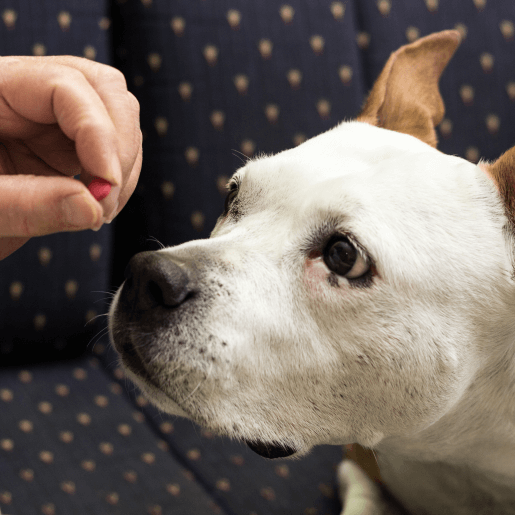Amantadine is used to help manage chronic nerve-related pain in dogs and cats, when standard pain medications alone are not enough. It works by reducing “wind-up pain,” which occurs when pain signals in the brain and spinal cord become overly sensitive.
Amantadine is usually prescribed along with other pain medications (such as gabapentin or anti-inflammatories), as it is considered an adjuvant analgesic. This means it strengthens the effect of other drugs but typically does not work well on its own.
This medication is generally considered very safe, even for long-term or lifelong use when needed.
Dosing
Amantadine is most often given once or twice daily (every 12–24 hours), with or without food. It can safely be used in combination with many other medications, including steroids, gabapentin, and trazodone. Amantadine is available in capsule, tablet, and liquid forms, making it easier to dose for pets of different sizes.
Possible Side Effects
Amantadine is well tolerated, and most side effects are mild or improve with a lower dose:
- Sedation: Usually mild, and more likely at higher doses or when combined with other sedating medications.
- Incoordination: Wobbliness is usually mild and are more likely to occur at higher doses or if given with other sedating medications.
- Gastrointestinal upset: Nausea, vomiting, diarrhea, or flatulence can be seen. This often improves if given with food.
- Agitation or restlessness: A very rare side effect.
